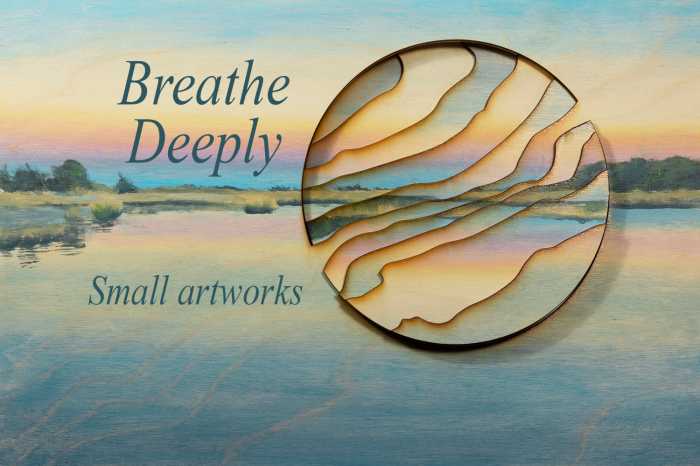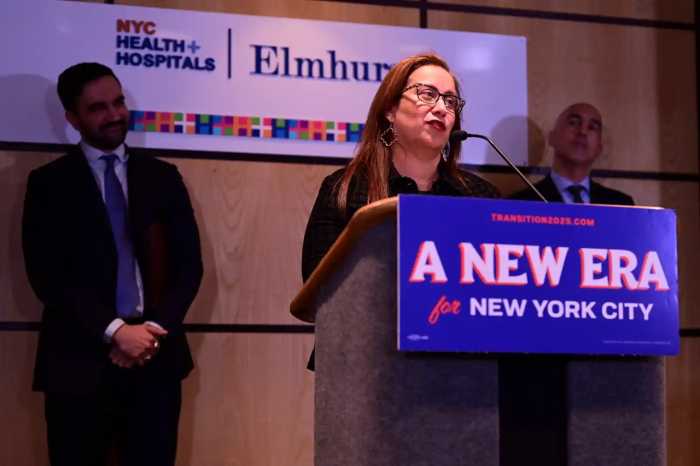During the 1920s, Long Island’s North Shore glittered with opulence. Known as the Gold Coast, the stretch from Great Neck through Huntington was lined with nearly 600 grand estates, their marble halls and manicured gardens becoming synonymous with an age of excess.
The era would later be immortalized by F. Scott Fitzgerald’s “The Great Gatsby”— a novel that, according to mansion historian and author Monica Randall, was much closer to fact than fiction.
“The thing that makes my work unique, particularly a lecture that I give about Fitzgerald, is that people still think ‘The Great Gatsby’ is pure fiction,” Randall said. “Every character in that book was a real person. I have researched and tracked them all down using archives and microfilm. There really was a Jay Gatsby.”

Randall, author of “Winfield” and several other works chronicling the mansions, has spent decades researching and photographing the remnants of the Gold Coast. She argues that Fitzgerald’s characters, from Daisy Buchanan to Meyer Wolfsheim, were drawn directly from real life. Even the tragic Myrtle Wilson, she said, had a real-world counterpart.
“Zelda Fitzgerald, who was an alcoholic, actually did run over a woman,” Randall said. “She didn’t kill her, just broke her shoulder. So there really was a Myrtle Wilson. Nothing in the book was exaggerated.”
A Million-Dollar Party
The excesses of the era reached heights difficult to imagine today. One event in particular still resonates in Randall’s research — a 1927 Clarence Mackay ball for the Prince of Wales.
“The parties were absolutely outrageous,” Randall said. “[The Mackay party] cost a million dollars and drew almost 2,000 people. ‘The New York Times’ even published the guest list.” Adjusted for inflation, that single evening would equate to more than $18 million today.
Randall said guests spilled across Mackay’s sprawling Roslyn Harbor estate, clad in couture gowns and tuxedos, entertained by orchestras while fireworks lit up the Long Island Sound.
Randall also said the spectacle was unrivaled even by Hollywood standards.
“I don’t think there was ever a more exciting period in our history,” she said. “Nobody had the stories and the variety of characters the Gold Coast had, not even Hollywood.”
The Mansions Themselves
While many of Fitzgerald’s fictionalized homes were based on real properties — Beacon Towers in Sands Point and Land’s End in Glen Cove among them — most of the grand estates have long since vanished.

“To be honest, any of the Gatsby mansions that he wrote about would have been on the water,” Randall said. “There’s nothing left. The Woolworth mansion is the only marble palace still standing.”
A few others endure, though in a different form. Old Westbury Gardens remains a preserved landmark open to the public. The Vanderbilt Mansion in Centerport has been transformed into a museum, while Cedarmere in Roslyn still stands as a charming reminder of the era. But the vast majority of the 600 mansions Randall once photographed as a teenager have either been demolished or subdivided.
“It’s depressing for me, because I remember these places,” she said. “They were abandoned and a mess, but still. They had such presence.”
The Woolworth Legend
Among the most storied of the Gold Coast estates was Winfield Hall, built by retail magnate Frank Winfield Woolworth in Glen Cove. Randall chronicled its history in her book Winfield, which she researched for 24 years.
“The Woolworth mansion had the most insane history,” she said. “You couldn’t make it up. Woolworth was into time travel. Nikola Tesla had a laboratory out east and Woolworth was funding his experiments. That’s why every room in the mansion was a different period in history — you had a Napoleon room, an Edwardian room. He was trying to create portals.”
Randall remains incredulous that the story of Woolworth and Winfield Hall has never been adapted for film.
“Why they haven’t made a movie about that, I do not know,” she said.
A Personal Connection
Randall’s fascination with the Gold Coast was rooted in her own childhood. After her family relocated to Long Island, her mother worked as a governess on several estates.
“From the age of 12, I was staying in a lot of these places, listening to the servants talk about the gossip,” she said. “That was my introduction. It was like being dropped into another world.”

As a teenager in the 1960s, she began photographing abandoned estates before they were demolished, capturing images that later appeared in the Metropolitan Museum of Art. Her early passion led her to write articles for the “Daily News,” which in turn brought her into the film industry.
Over the next four decades, she scouted locations for major productions, including Martin Scorsese’s “The Age of Innocence” and Sydney Pollack’s remake of “Sabrina.”
“The Gold Coast was a gold mine for filmmaking,” Randall said. “The movie companies would pay to use these estates and the owners loved it because it covered their landscaping and restoration costs for years.”
The End of an Era
Though the heyday of the Gold Coast mansions has long since passed, the fascination with the Gatsby era endures. Randall said she has been delighted to see libraries, historical societies and communities across Long Island host Gatsby-themed events this year, from Charleston dance lessons, galas and book talks to vintage car displays.
“I love that it’s still going,” she said. “It’s not going to happen for another hundred years, but for now, people are keeping the spirit alive.”
A Vanished World
What remains of the Gold Coast exists in fragments — in gardens and stables repurposed, in museums, in fading photographs and in the collective imagination fueled by Fitzgerald’s novel.
“Some families, like J.P. Morgan, came from old money. Others, like Clarence Mackay, became rich overnight,” Randall said. “But the things they did and the scale they did them on were totally immoral. It has the wildest history of all time.”
For Randall, the Gold Coast will always represent a fleeting, extravagant chapter in American history — one that continues to capture the imagination a century later.

































